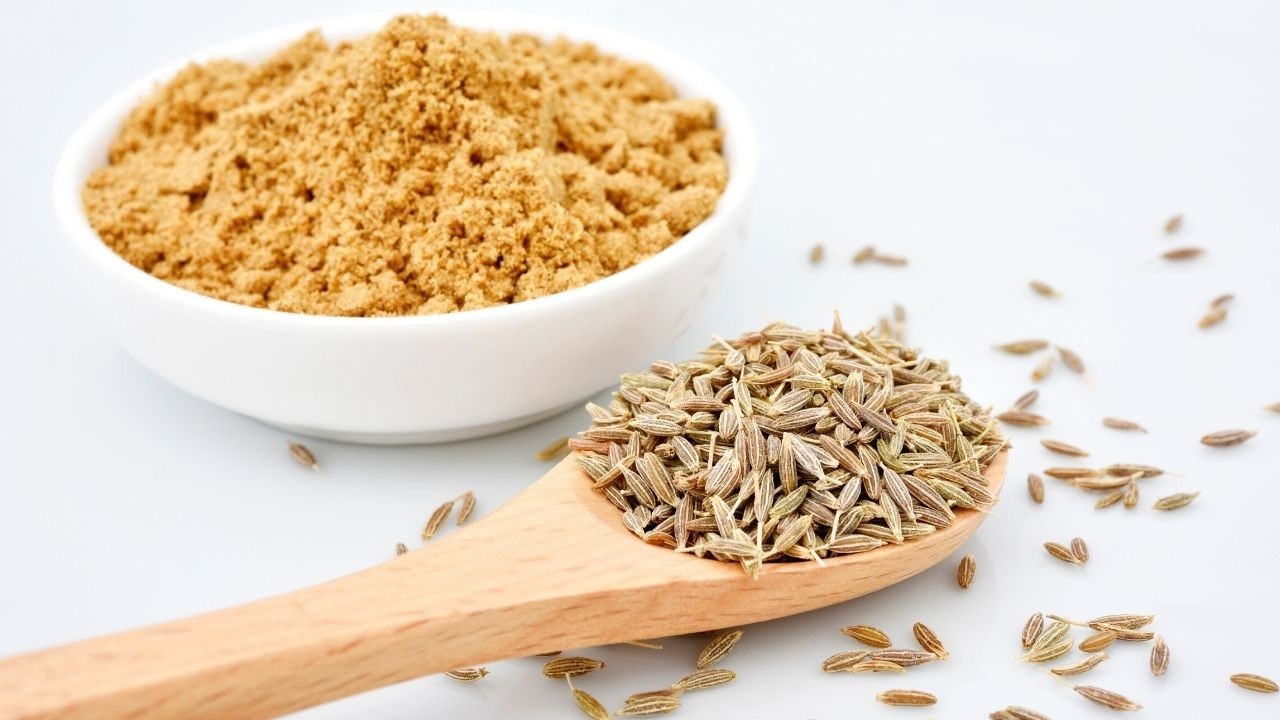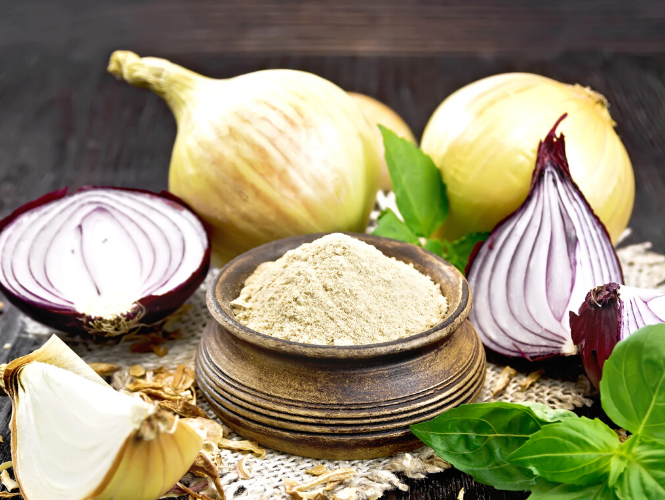Five Simple Essential Seasonings for Your Plant-Based Kitchen
May 23, 2022
How Do You Cook Without Meat?
This is definitely one of the top questions I get from those starting a plant-based diet. It is also often a question from those who are interested in plant-based eating but just can’t see any other way of cooking that could be as flavorful as meat-based dishes.
Honestly, I wondered this too when I first began my plant-based journey. After all, for many adult years prior to becoming plant-based, I had relied on using meat and oil to cook and flavor my meals. So, at the time, I too was at a loss and wondered “What do I do now?”
Is this how you’re feeling as well?
Thankfully, now with years of plant-based cooking under my belt, I can share what I’ve learned with you on this topic. That’s because I want to save you time, energy and effort as you’re starting your own plant-based diet transition!
Five Simple Must-Have Seasonings
Although I use many different spices in my kitchen, here are five of the most common seasonings I find myself turning to again and again when making plant-based meals. The best part? These are not expensive or hard to get seasonings either. You can get these at most local grocery stores and it’s even likely you already have some of these seasonings in your kitchen! What are they? Let’s take a closer look now at each of these five simple must-have seasonings!
Ground Cumin
Cumin is an ancient spice used in many cultures such as in Latin American, Middle Eastern, North African, and Indian cuisines. Cumin has a unique warm, earthy tone and aroma to it. Although you can get cumin spice as either small whole seeds or in the ground form, I recommend getting a bottle or packet of the ground cumin first, because ground cumin is a common ingredient in many plant-based dishes. Cumin works especially well when paired with lentils and it can also be used in many ways such as in making hummus and bean chilis.

Garlic Powder
Garlic powder is what it is – essentially just the dried-out version of a fresh garlic bulb that is then ground up. There is a more finely ground version and a coarser version called ‘granulated garlic’. I keep the ground garlic on hand as it works especially well to season legumes like beans, chickpeas and lentils. You can use ground garlic in so many dishes such as in stews, chilis, pasta sauces, in hummus and in mixed vegetable and bean sautés!

Onion Powder
There’s nothing fancy about onion powder, because like garlic powder, onion powder is just made from dehydrated onion that is ground up. However, it often comes in as a useful seasoning in many of the same dishes that I use garlic powder in. These include stews, curries, chilis, soups, guacamole, and in pasta sauces. Onion powder also comes in handy when I run out of onions but need to make the onion taste stronger in the dish I’m making…I just need to add in a few teaspoons of onion powder instead!
Dried Thyme
Dried thyme adds a rich savory flavor with minty overtones to a host of dishes. You can typically find dried thyme sold as tiny dried leaves, or in the ground form. I find the ground form most useful for plant-based dishes as ground thyme mixes in especially well with mushrooms, chickpeas, potatoes, beans and lentils. You can use ground thyme in combination with tomatoes, soups and stocks as well. Of course, if you are able to get fresh thyme, you can use that instead for a more aromatic addition to your dish. The usual conversion ratio for substitutions is 1 tablespoon of fresh herbs to 1 teaspoon of dried herbs.
Basil
This is another useful herb to keep around for plant-based cooking and I love its distinctive flavor. Did you know that basil is actually an herb in the mint family? Dried basil and fresh basil work wonderfully well in pasta sauces, soups, pizzas and when paired with tomatoes. I especially love to use fresh basil when making pesto, in salads and as a garnish on top of pasta dishes too. Fresh basil also adds a beautiful pop of color to dishes!
Ever Tried Growing Your Own?
Can’t afford to keep buying fresh herbs? Here’s an easy solution – keep a windowsill herb garden! I find basil plants so easy to grow and maintain in a pot. This allows me to enjoy fresh basil whenever I want, and I harvest them a few times a year to make fresh pesto sauce. Yes, even in the winter! There are many other herbs you can easily grow at home. In my Plant-Powered Life Transformation course, I also teach ways to make fresh herbs last longer once purchased.
So those are the five seasonings I commonly use in my plant-based kitchen. I hope you find these seasonings as useful as I do as you begin your plant-based diet!
Before You Go, Grab this FREE Resource
If you’re wanting to learn how to start plant-based eating or to begin a whole food plant-based diet, grab this FREE resource “Beginner’s Quick Guide to Must-Know Plant-Based Diet Basics” to help you on your journey.
This FREE guide gives you the essentials you need to get started, including key terms to know about, rich plant-based sources of nutrients, and some top budget money-saving tips. This guide is perfect for all beginners interested in transitioning to a plant-based diet. So grab this guide if you’re looking for tips for eating a plant-based diet for beginners!



